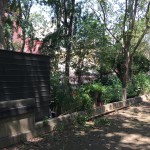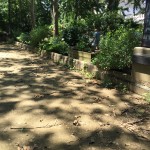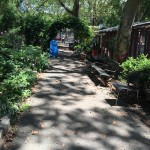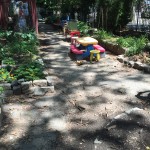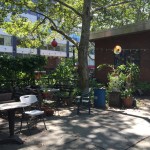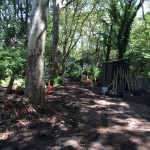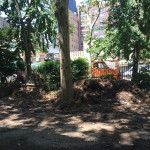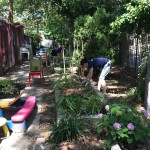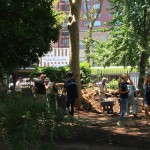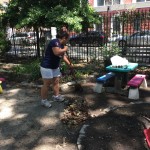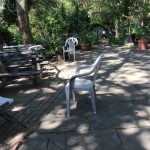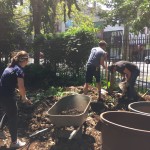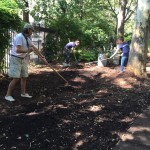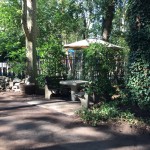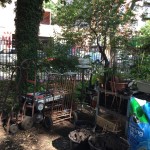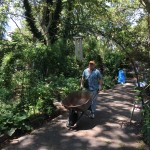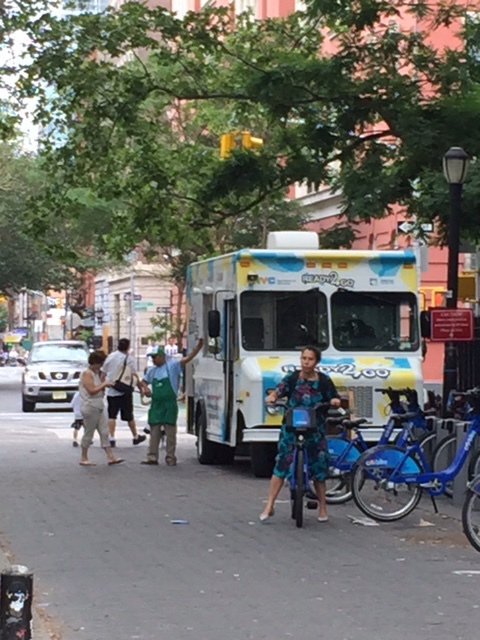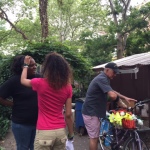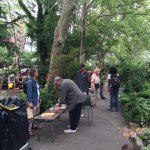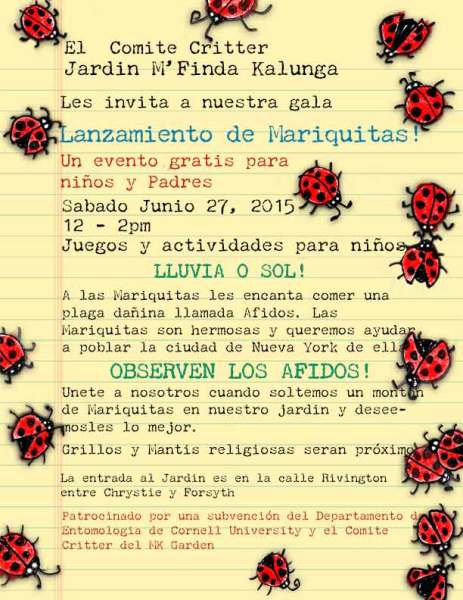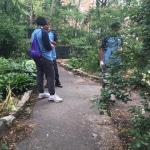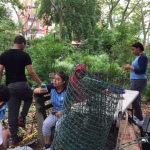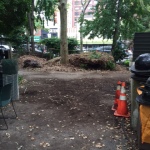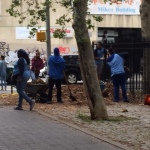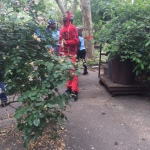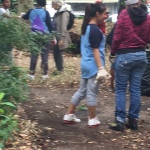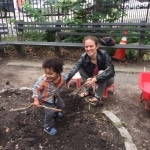Hi all,
Please read about this issue re: the NY Riding Academy which is operated free of charge for all children but particularly available to give an opportunity to the children of limited financial means in Harlem and East Harlem. Dr. Blair is African American retiree who cleared this area thirty years ago and operates this out of his own pocket- but is apparently being pushed out to make way for a playground and bike station on Randall’s Island.
Could DNAinfo have gotten it wrong (article below)…?
Because I cannot imagine in this first year of the UN’s Decade for People of African Descent and given all that has been in the news vis a vis the outright targeting of African Heritage children that this lovely gift to all children, but in particular to African Heritage children, would be targeted for removal.
Most children do not have homes in the country where horseback riding nearby is an option, don’t have the money to take lessons in private stables. Why destroy the chance for any child to have this unique experience – especially, especially when it costs the city nothing? Especially when the person driving this for 30 years has been a powerful role model of generosity and caring for all communities. Especially when it serves a children who are struggling against the odds.
Feel free to write to Parks Department expressing your views – I’m still holding out that this must be an error in reporting.
K
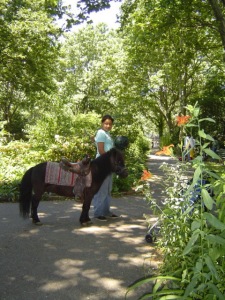 Pony rides in SDR Park (long ago!)
Pony rides in SDR Park (long ago!)
“Dr. Blair was furious that the Parks Department would take over land used to provide free services to children in order to store bike rentals that local children can’t afford and the park profits from, he said.”
from the article (see website for full story)
http://www.dnainfo.com/new-york/20150709/randalls-island/manhattans-only-horseback-riding-facility-at-risk-of-closing-down
By Gustavo Solis | July 9, 2015 8:31am @journogoose
RANDALLS ISLAND — The man who created Harlem’s Black Rodeo is squaring off against the Parks Department in a land dispute that may shut down Manhattan’s only horseback riding facility. Dr. George Blair, 83, who started the New York Riding Academy in 1988, claims he is being pushed out of his stables on Randall’s Island by the Parks Department, which has appropriated part of the land he uses and plans to build a playground there. He has been allowed to use that land as part of a government agreement dating back to Gov. Mario Cuomo to promote horse riding in underserved communities and offer free lessons to kids from Harlem and East Harlem, Blair said.
“It was a complete dump,” he said, “There were cars, glass, trash, everything that you’d see in a junk yard. We agreed to clean the dump and turn it into a place where children for Harlem and East Harlem can learn to ride for free.”
It took him and his wife about five years and several hundred thousand dollars to clear the space just north of the 103rd Street footbridge and convert it into a stable. For the last 30 years he has kept up his end of the agreement with New York by offering free lessons to local children….
…Dr. Blair has been promoting horses since the 1970’s, when he organized the Black Rodeo on 150th Street and Seventh Avenue. The event inspired a documentary featuring Muhammad Ali and Black Rodeos across the country. Mayor Ed Koch called it “one of the two most outstanding outdoor events in New York City,” second only to the marathon, Sports Illustrated wrote in 1988.
In Randall’s Island they have Governor’s Ball, the FarmBorough Country Music Festival, and Frieze Art Fair. They also have a golf course and tennis centers that are not free to the public. Even the softball and soccer fields require a permit, he said.
“Most of these kids would probably never ride a horse,” Ann Blair said. “They would probably never see a horse this close again in their life.”

